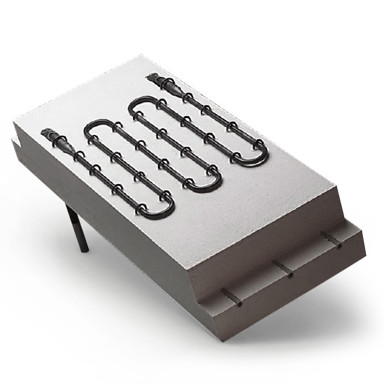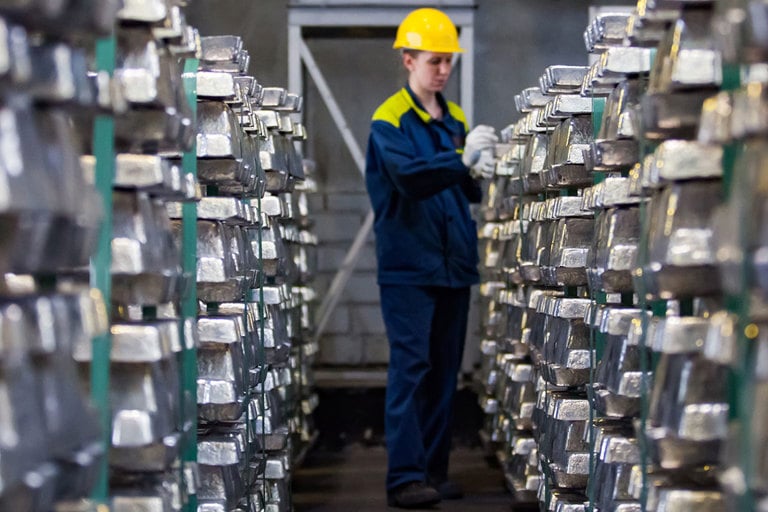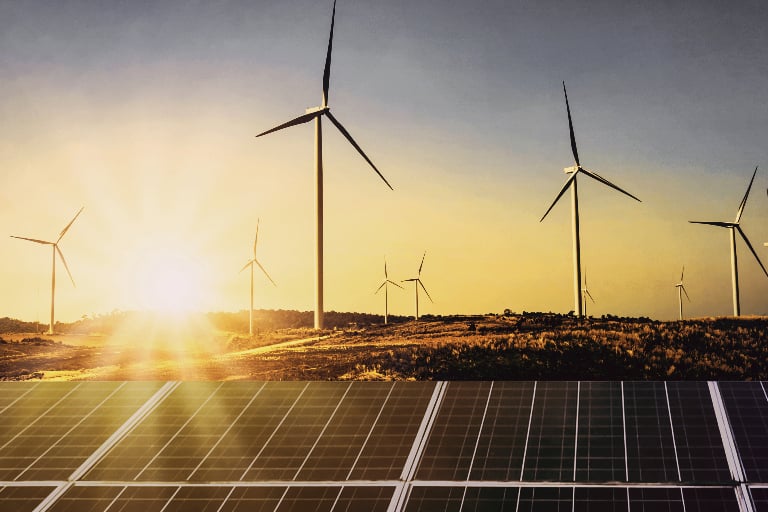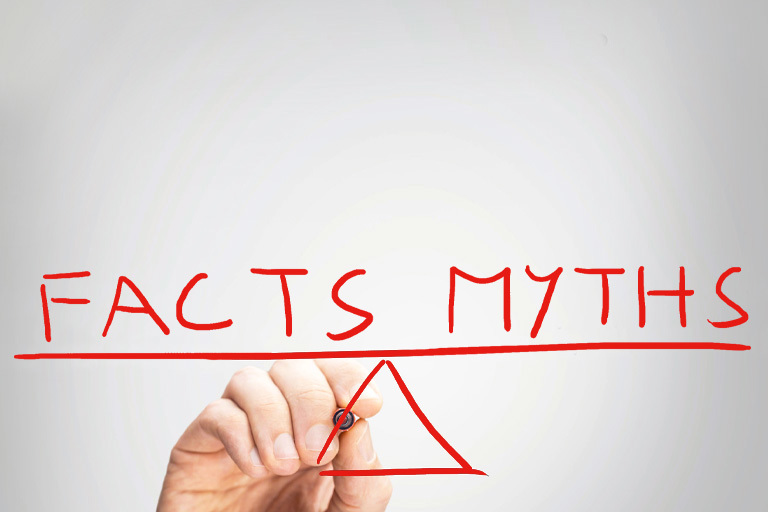One of the most important factors in mold preheating and drying processes is consistency and repeatability. Any water vapor left behind is a significant safety risk if it meets molten aluminum, while preheating is essential for minimizing the formation of cracks in cast iron made molds.
Compared to traditional gas heaters, electrical heaters can offer more accurate temperature control, dryer and faster preheating.
 Daniel Burton, Business Development Manager, KanthalCompared to traditional gas heaters, electrical heaters can offer more accurate temperature control, dryer and faster preheating. And for aluminum producers, this means a more efficient and consistent process.
Daniel Burton, Business Development Manager, KanthalCompared to traditional gas heaters, electrical heaters can offer more accurate temperature control, dryer and faster preheating. And for aluminum producers, this means a more efficient and consistent process.
“Gas heaters have proven to be quite inefficient because most of the heat generated is lost with the exhaust gasses,” says Daniel Burton, Business Development Manager, Kanthal. “However, with electric heating, over 98 percent of the heat generated is used directly in the drying and preheating process.”
Less energy, less noise, fewer emissions
By using Superthal® heating modules from Kanthal, aluminum producers can reduce their energy consumption by up to 60 percent. This not only represents a significant cost saving, but also a reduction in CO2 emissions and a plant’s overall environmental footprint.
“Electric heating is not only much cleaner but much quieter as well, which creates a far more pleasant working environment in the production plant,” says Daniel.
Three benefits to using Superthal® heating modules for ingot and sow mold preheating
- Better thermal efficiency. The thermal efficiency of electric heating can be as high as 80-90 percent (compared to 15-30 percent for gas heaters).
- Precise temperature control. With better and more accurate temperature control, aluminum producers can ensure a more consistent process with the same results every time.
- No emissions. Switching to electric heating removes all harmful emissions, including CO2, which not only reduces a plant’s carbon footprint but also contributes to a cleaner, quieter work environment.
Connected products
Here you can find the Kanthal product offering
Learn from our experts
Our latest articles



